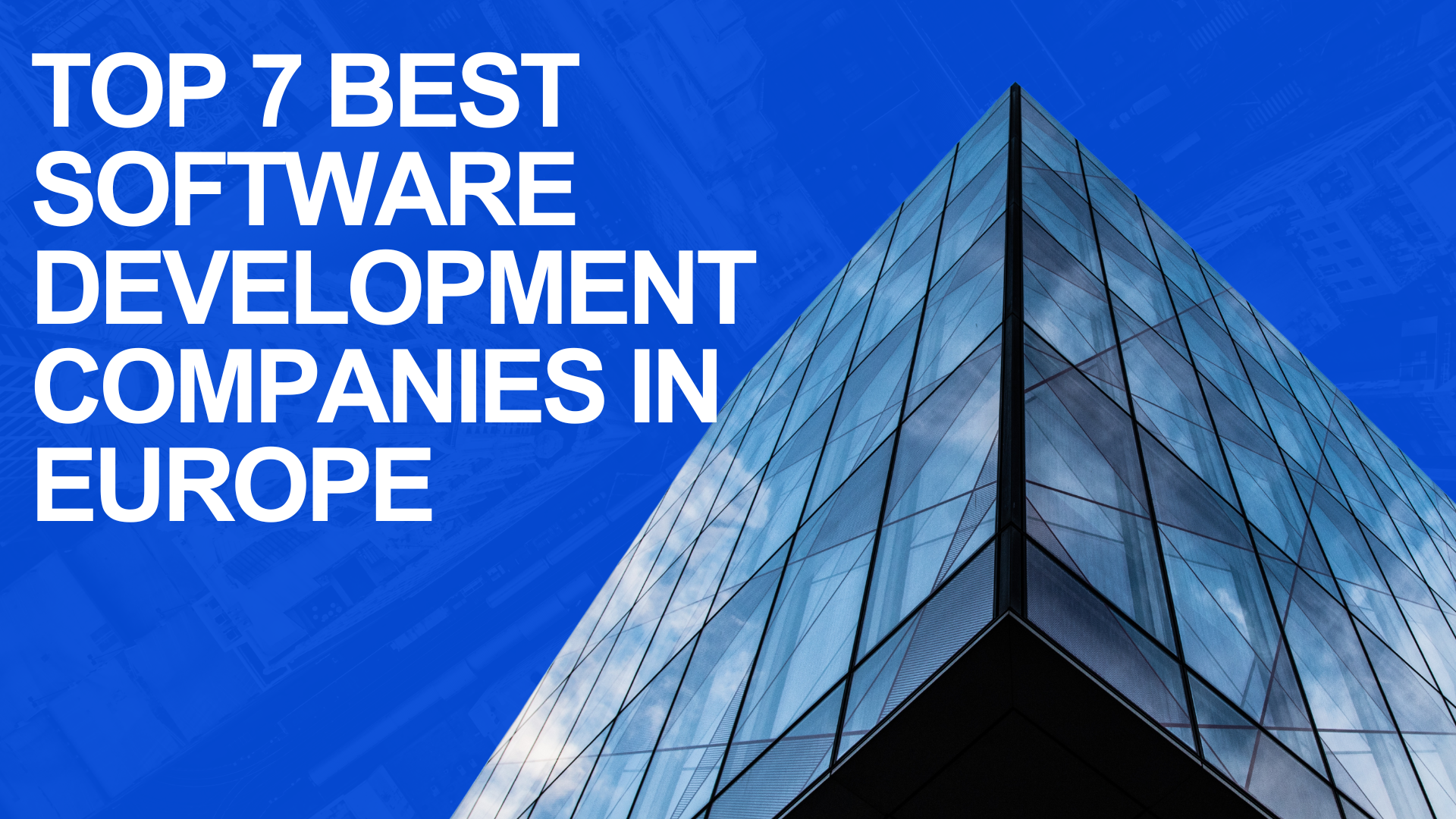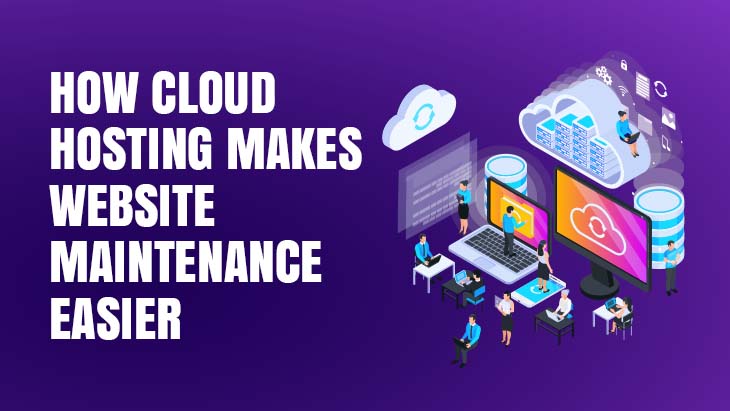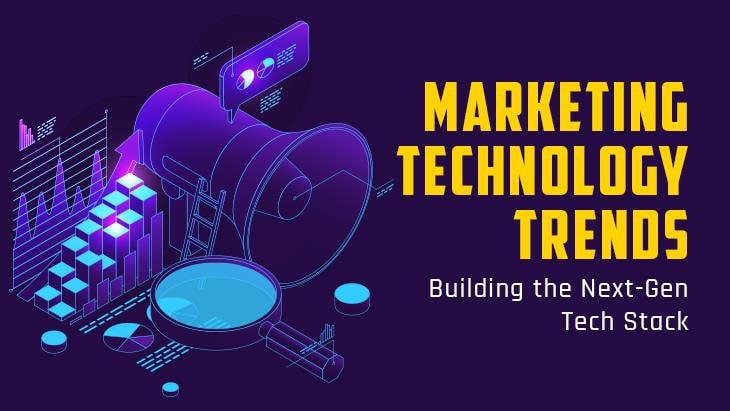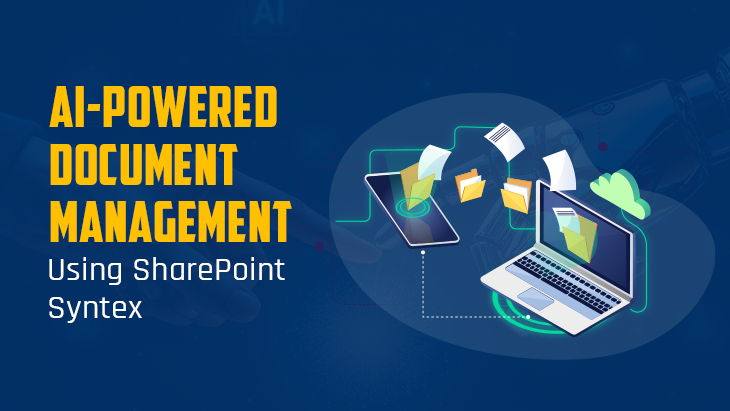It's not like throwing darts at a map to pick a software partner in Europe. It's a technological choice that will have effects on architecture, security, delivery speed, and how easy it is to keep up with. The greatest teams in the area are those that know a lot about both engineering and business. They figure out how much it will cost to own something, choose reasonable abstractions, and ship on an agile schedule without leaving behind fragile code. Below is a practical, engineering-minded overview of seven standout companies. The goal here isn’t hype — it’s to help you narrow the field and ask sharper questions when you start vendor interviews.
How this shortlist was built
I leaned on signals that matter to engineers and product owners rather than marketing noise. These are the patterns you’ll notice across strong European vendors:
* Breadth with depth: They can cover discovery, UX, full-stack delivery, cloud, data, and QA — but they’re not shallow. They publish architecture choices, reference stacks, and migration playbooks.
* Reliability in delivery: Clear sprint mechanics, visible burn-up charts, deterministic release trains, and true CI/CD. You might hear terms like "trunk-based development," "contract testing," and "error budgets."
* Secure by default: The pipeline is secure. It has threat modeling, SBOM generation, reproducible builds, least-privilege IAM, and audits built in, not added on.
* Sensible economics: It means having clear prices, well-thought-out personnel strategies, and an honest view on whether to construct or buy.
* Lifetime maintainability: They think in modules, not heroics; they measure cognitive complexity; they leave you with docs and runbooks your own team can live with.
With that framing, here’s the condensed engineering view of seven companies that consistently tick those boxes — starting with CHI Software.
The shortlist
1. CHI Software — data fluent delivery with pragmatic architecture
If your roadmap leans heavily on data platforms, event pipelines, or ML-adjacent services, CHI Software stands out for marrying product sensibility with hard data engineering craft. They’re comfortable designing ingestion layers with idempotent connectors, enforcing schema evolution policies, and instrumenting lineage so stakeholders actually trust metrics. On the application side, you’ll see maintainable service boundaries, minimal coupling, and a bias toward proven patterns over novelty.
Why teams like working with them:
* Clear discovery workshops that produce a living solution outline: domain map, RACI, guardrails for tech choices, and a draft release plan.
* Data work is treated as first-class engineering, not a side quest; you get tested transformations, contract-governed interfaces, and versioned artifacts.
* Healthy DevEx: pre-commit hooks, golden paths for scaffolding services, and paved roads for observability.
If you need seasoned data engineering consultants, their approach to cataloging, quality checks, and cost control on modern cloud stacks is a strong fit.
2. Netguru — polished product delivery with predictable cadence
Known for clean interfaces and product hygiene, Netguru’s superpower is keeping discovery, design, and engineering genuinely in lockstep. Expect shaped epics, quantitative UX loops, and a release rhythm the business can plan around. They’re comfortable in cloud-native back ends and well-structured front ends, with wide experience in regulated and consumer-grade apps.
Cooperation advantages: crisp sprint ceremonies, shared KPIs, and a playbook for stakeholder demos that reduces surprises.
3. SoftServe — large scale engineering with deep data and cloud bench
When you need a wide bench for multi-year programs, SoftServe brings the governance and tooling to keep many streams aligned. Their strengths show up in platform engineering, data platform consolidation, and modernization at enterprise scale. Think policy-as-code for platform guardrails, IaC for reproducibility, and standardized golden images for developer velocity.
Cooperation advantages: robust transition management, reference architectures for common patterns, and strong cloud cost governance.
4. Intellias — embedded product partner for mobility and complex domains
Intellias is trusted where software meets complex real-world constraints — mobility, logistics, and IoT. They’re good at building telemetry-rich services under tight latency or reliability requirements, with a good handle on digital twins and edge-to-cloud data flows.
Cooperation advantages: domain fluency, dependable SRE practices, and sensible partitioning between edge, gateway, and cloud to keep costs and complexity down.
5. ELEKS — modernization without drama
ELEKS shines in rescuing legacy estates and shaping them into serviceable modern platforms. Expect strangler-fig migrations, anti-corruption layers, and data reconciliation steps planned up front. Their test strategy is strong, with contract tests and integration harnesses that make progressive cutovers safe.
Cooperation advantages: migration roadmaps with measurable risk burndown, plus a bias for documentation that your internal teams can actually adopt.
6. Ciklum — enterprise scale and product pragmatism
Ciklum’s sweet spot is large, business-critical products that need steady throughput and governance without locking you into black-box delivery. They balance feature velocity with secure SDLC guardrails, and their distributed teams are used to operating in complex stakeholder landscapes.
Cooperation advantages: structured roadmapping, measurable quality gates, and calm incident response rooted in SRE principles.
7. Nagarro — platform thinking and clean engineering at scale
Nagarro blends platform engineering with reliable application delivery. You get paved roads for services, standardized observability, and infrastructure that removes friction rather than creating it. Their teams are strong on documentation and on reducing toil via automation.
Cooperation advantages: well-run design reviews, cross-team architecture councils, and a culture of leaving things simpler than they found them.
What you actually get from a top European partner
Beyond the names, the best vendors share consistent engineering behaviors. If you are technical, these are the details to verify during assessment:
* Architecture clarity: diagrams that aren’t just pretty — they show trust boundaries, failure domains, caching, and back-pressure paths. ADRs capture trade-offs and alternatives considered.
* Delivery mechanics: trunk-based development, CI that runs quickly, feature flags, and progressive delivery. Releases should feel boring.
* Data discipline: schemas with evolution policies, column-level lineage, cost-aware storage choices, and reproducible batch or streaming jobs.
* Security posture: dependency scanning, SAST, DAST, SBOM, secrets management, and environment isolation. Evidence should be visible in pipelines, not promised in slides.
* Observability: It means having logs, metrics, and traces connected by correlation IDs; SLOs with error budgets; and runbooks linked to alarms.
* Documentation and handover: living documentation, environment bootstrapping processes, and onboarding guidelines that let your own team add to the platform without having to ask the vendor for help.
Cooperation models that keep projects sane
Most European vendors will happily mirror your operating model, but a few engagement patterns consistently reduce risk and increase throughput.
Discovery to blueprint
Start with a short, paid discovery that produces an executable plan, not a collage. Expect a domain map, a well-sized MVP, a release rail, a candidate stack with guardrails, and a risk register with mitigation tactics. This becomes the north star for the first three to four sprints.
Dual track delivery
Run discovery and delivery in parallel. While product and design validate the next increments, engineering keeps the pipeline warm. Use lightweight RFCs for material architecture decisions and ADRs for irreversible ones.
Sensible staffing
Avoid overstaffed teams that create coordination drag. A lean core — tech lead, product owner, two to three full-stack engineers, QA, DevOps or platform engineer, and a data engineer if needed — can unlock velocity. Add specialists per milestone rather than front-loading the entire bench.
Quality gates that matter
Define gates that correlate with real-world reliability: contract tests for inter-service changes, performance budgets in CI, and a change failure rate target. Keep static analysis thresholds strict but achievable.
Transparent economics
Agree on a burn rate and a release cadence that maps to business milestones. Tie scope negotiation to measurable outcomes rather than vague “percent complete” charts. Demand clear reporting on cloud spend drivers if you’re running in public cloud.
A quick checklist for your vendor interviews
* Can they show a simple domain map and propose a modular cut based on bounded contexts rather than organizational charts
* Do they have a written policy for schema evolution, and how do they prevent downstream breakage when events change
* What does their golden path look like for spinning up a new service, and how long until the first commit hits production behind a feature flag
* What is their approach to secrets, SBOM generation, and dependency hygiene
* How do they measure cognitive complexity and keep it from creeping across codebases
* What is their incident response routine and how do they weave postmortem learnings back into the backlog
Final thoughts
There’s no single best vendor for every problem. But there is a right fit for your current constraints and ambitions. If you’re building a data-intensive product where metrics must be trustworthy and pipelines must be observable, CHI Software’s habit of treating data work as real engineering — with tested transformations, versioned interfaces, and audit-ready lineage — can save you months of rework. Netguru's design-to-delivery integration is hard to beat if you require a sophisticated consumer app that works all the time. SoftServe, Intellias, ELEKS, Ciklum, and Nagarro have the depth, process maturity, and scale to keep complicated programs on track for significant modernization or multi-year platform efforts.
The common thread is discipline. Pick the partner who shows you their guardrails, not just their portfolio. Ask to see the ADRs, the pipelines, the runbooks, and the incident write-ups. Great European software companies won’t hide the messy parts — they’ll show you exactly how they make them boring. And boring, in production, is exactly what you want.
















Post Comments